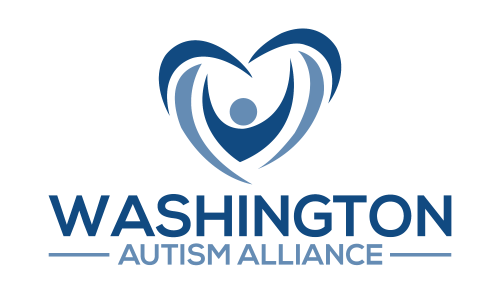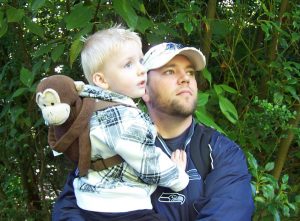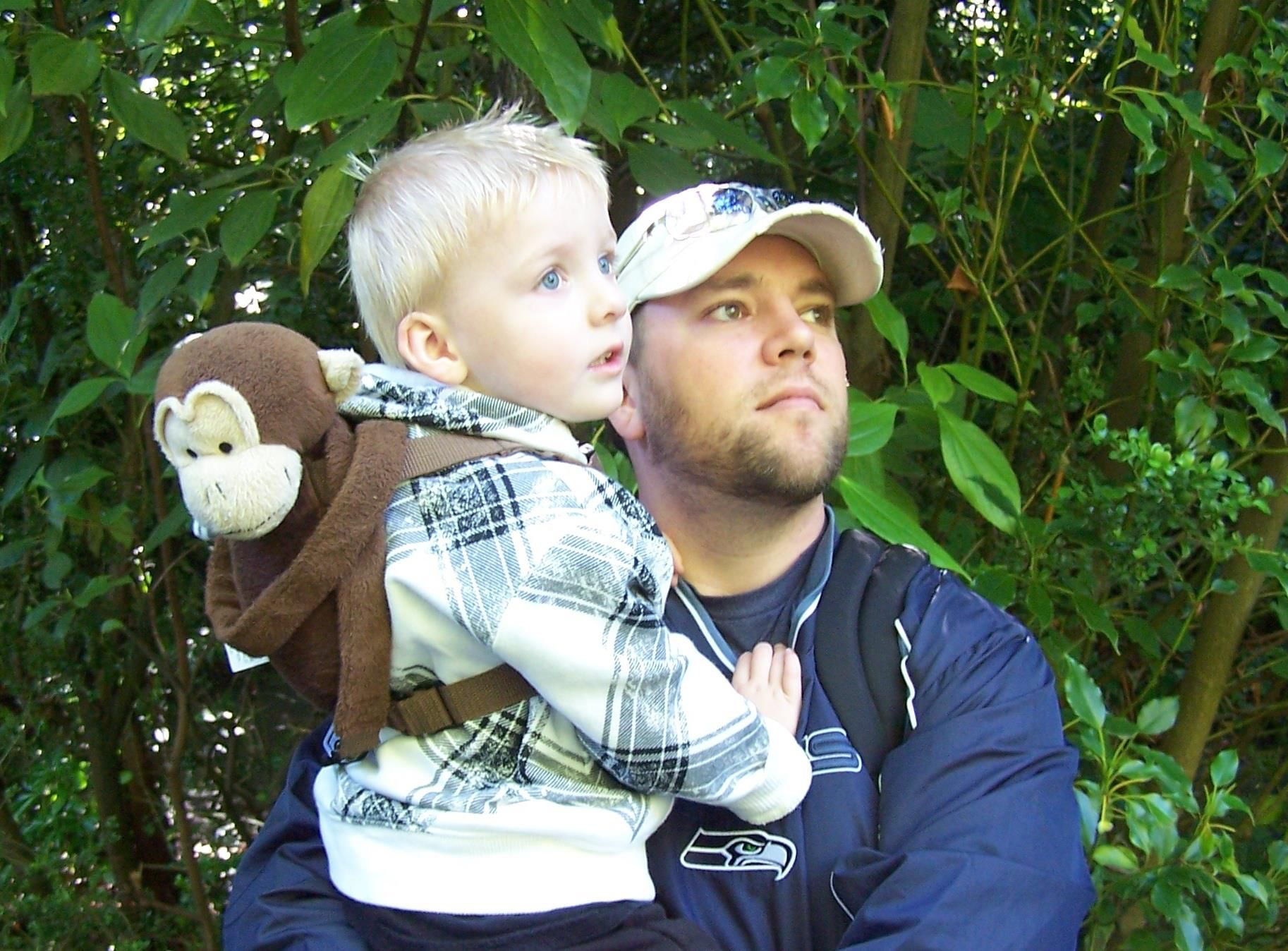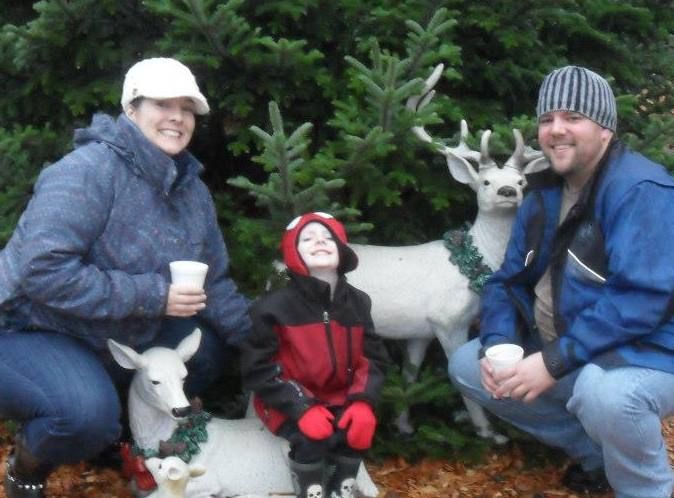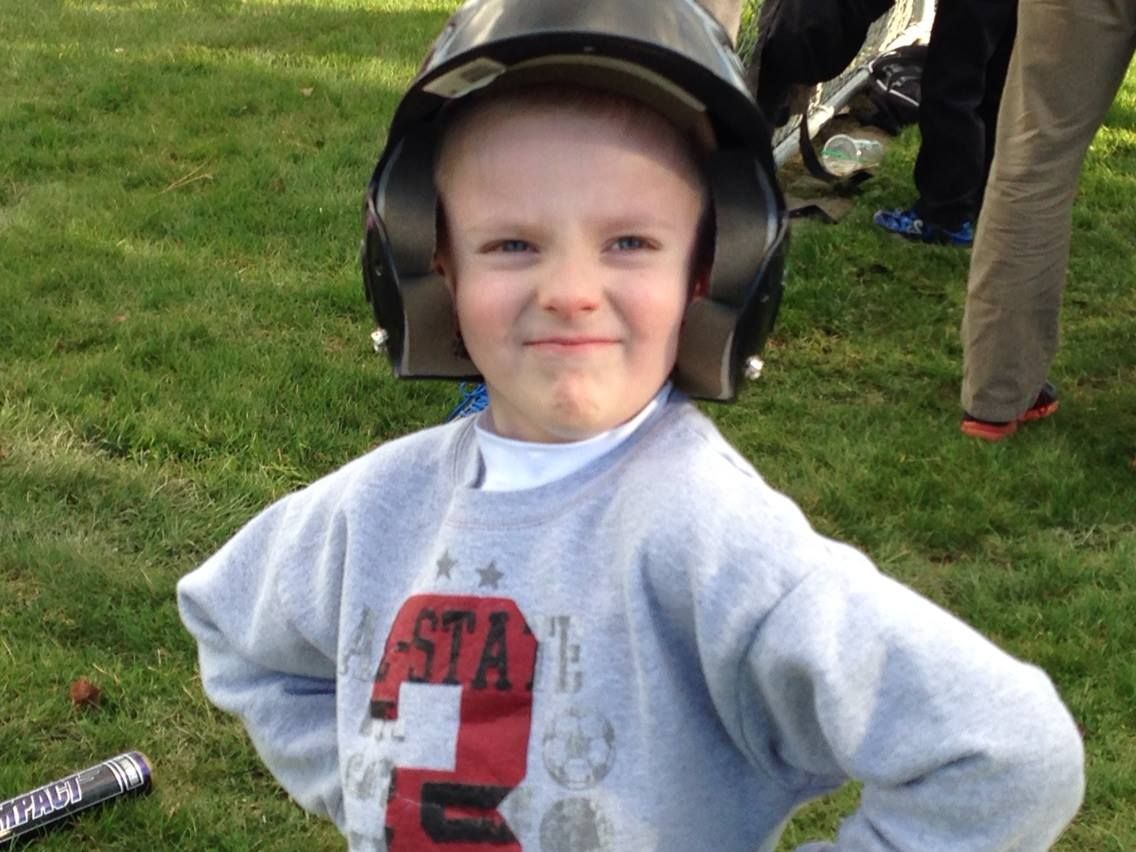“It was very apparent there was something going on. He wasn’t sitting up or crawling. He screamed and cried. He would rock back and forth on the floor and stare at his mobile or the ceiling fan for hours and was agitated within minutes if you took it away,” said Carmen.
Braylon was born five weeks premature. The three pediatricians who examined Braylon reassured them that he would catch up and that there wasn’t anything to worry about.
“He was cuddly and looked at us but didn’t copy our expressions like most babies. He started babbling when he was a baby, but stopped completely when he was a year old. That’s when I got concerned,” Carmen said.
It wasn’t until Carmen went in for her own check-up that a doctor voiced concern after observing Braylon constantly spinning a chair during the appointment. The doctor asked, “Has anyone talked to you about autism?” After examining him, she immediately referred them to see a neurodevelopmental specialist at Seattle Children’s.
After an initial screening about two months later, Braylon was referred to the Autism Center and got on their waiting list. At this point, Braylon was 14 months old. Braylon was also referred to a Birth to Three in-home program, but because they lived far out of the metro area in Gold Bar, the OT and speech therapist could only see Braylon every two weeks.
“When we got the actual diagnosis from the Autism Center about four months later, we weren’t really surprised, because to us, it was so blatant that something wasn’t right. We weren’t worried about the label of autism. We just wanted to know, how can we help him?” Carmen said.
“We were frustrated there were no services in our area. For example, Braylon had extreme sensory issues around eating. He had been eating food earlier, but around 10 months he stopped completely and drank only liquids. We were referred to a feeding group in Kent, which was a two and half hour drive from our home in Gold Bar.
“We were spending $900 a month on gas and so much time in the car. We decided to move to Kirkland where we’d heard that there were good Birth to Three programs,” Carmen said.
Braylon got into the CUBS program at the Kindering Center in Bellevue, and the family started an intensive in-home program, with OT, PT, and speech, along with a centers-based preschool, when Braylon was 2 years old.
Around this time, Carmen saw an article about Arzu Forough and a lawsuit to get ABA covered by insurance.
“I hadn’t really heard much about ABA – even the Autism Center didn’t really mention it – and I didn’t know how important it can be for some children with autism. I Googled ‘autism and ABA therapy’ and found information about WAAA and started reading Arzu’s blog. I saw that she was making things happen for families dealing with autism,” Carmen said.
Carmen was prepared to get involved in fighting to get ABA covered by their insurance, but fortunately around this time, they received a letter from Ordale’s employer’s insurance company informing them that they would cover ABA therapy.
They followed up and got a referral for in-home and community ABA therapy. Two Board Certified Behavior Analyst (BCBA) tutors came for a total of 40 hours per week of intensive therapy.
“Braylon started wearing an SPIO suit and weighted vest and it was amazing how those helped him sit still long enough to focus on his therapies,” Carmen said.
Braylon started to use sign language to ask for basic things: drink, more, and help. Previously, he was frustrated all of the time and would bang his head on the wall to let his parents know he needed something.
Now instead of banging his head, he would sign “help” and point to things.
They also introduced the iPad. By using different apps (like one that taught facial expressions), he began to mimic and sound out words. He eventually progressed so he would press “happy” and then clap his hands, which is what he did when he was happy.
After eight months of the ABA therapy, he began trying to talk, first saying “help,” then “me,” and “me-me” (mama) and “gee” (grandma).
Within a year with ABA therapy, he was talking. He went from completely nonverbal to speaking appropriately.
“Without ABA therapy, I don’t know if he would be able to doing these things. He talks a blue streak now, still with echolalia, but also functional speech.”
“Without WAAA and Arzu raising awareness about ABA therapy, I wouldn’t have known about how important ABA can be and how fortunate we were to have access to this very expensive therapy.”
Carmen has learned a lot from other families through WAAA’s Facebook forum.
“I connected with Trish, a WAAA advocate, who helped us find resources. In January we moved to Cheney, and now I am a WAAA advocate myself, helping families in Central and Eastern Washington,” she said.
Because they live in a rural area, Carmen sees first-hand the urgent need for more ABA therapy providers and other services. And she suggests that incentives — such as student loan forgiveness – would help encourage more providers to practice in underserved areas.
The future looks bright for Braylon.
“Braylon is doing so incredibly well. Right now he’s being homeschooled for kindergarten. Our area has a very large homeschool community and we’re able to go on field trips and work on group projects with other families who have kids similar to Braylon.”
While Braylon is ready academically for kindergarten and 1st grade work, his sensory needs would be hard to meet in a school environment. He’s on a ‘sensory diet’ that means he takes frequent breaks to jump on the trampoline and swing.
“I’m not sure where we’d be and how Braylon would be doing if we hadn’t stumbled across Arzu and WAAA.”
Moving forward, Carmen encourages WAAA to “keep doing what you’re doing!”
In addition to the work to ensure insurance coverage for autism treatment like ABA, Carmen appreciates WAAA’s advocacy work and awareness about education and training on IEPs.
“It’s working. People are learning more and demanding more. It would be nice one day to not have to work so hard, but WAAA has accomplished a lot in a short amount of time and is making a real difference.”

